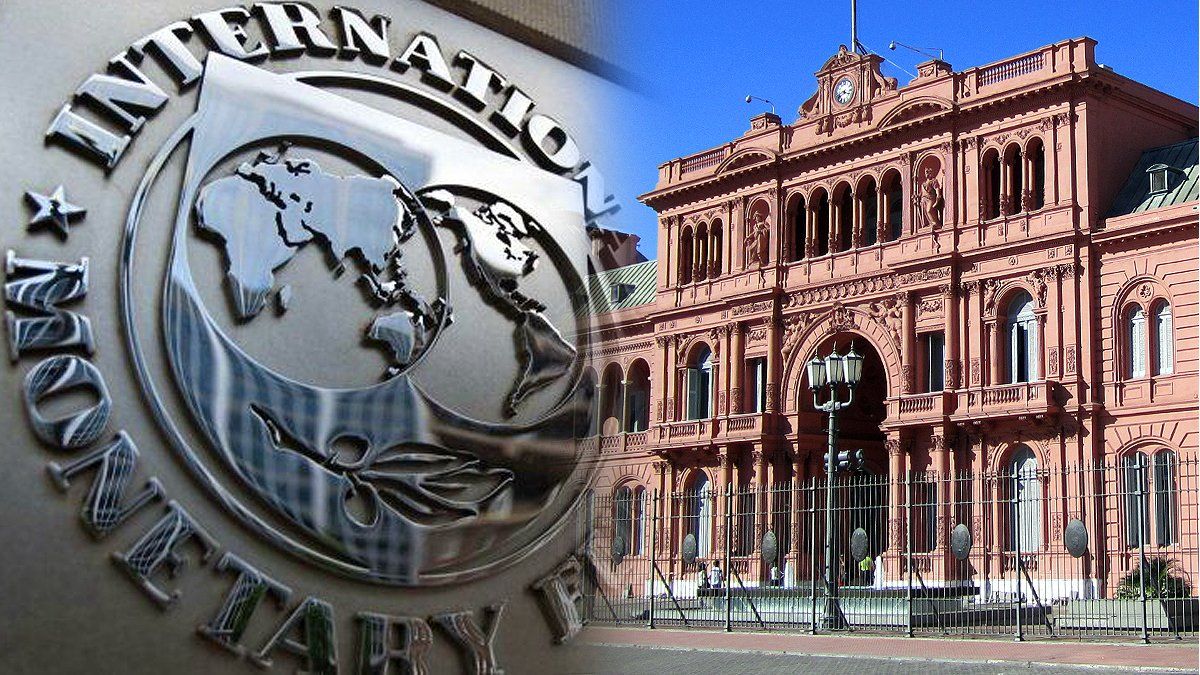The account that must be paid, one of the many, is that of Liquefied Natural Gas (LNG), which the country usually has to import when demand grows in the winter season. At that point, the war in Ukraine promises a sharp increase – which had already been recorded in recent weeks – in the cost of importing LNG. The data is that this reference value was at US$25 per million BTU before the conflict began and could escalate. The second fact is that, a year ago, the price was US$8 per million BTU.
As was said, in recent years, in order to meet the demand for gas in the domestic market in the coldest months, the Treasury Palace must pay the import bill for the LNG that ships bring through the port of Bahía Blanca or Escobar. That is the place where the regasification process takes place to inject the fuel into the system.
But not only the price will increase. Also the amount will grow. While in 2021 the number of ships was 56 according to the state company IEASA, in 2022 practically 65 ships are projected, which could mean an estimated cost of US$3.5 billion (which would rise to US$4.0 billion if the price keeps going up).
ButHow is the supply of gas in winter shaped in Argentina? The official map of the Ministry of Energy is made up of three bidders: national production, gas imported from Bolivia via pipeline, and imported LNG. While the former accounts for 73% of the total, the one that comes via LNG accounts for 18% and the one from Bolivia adds an additional 9%.
Apart from the increases announced in the last hours, what has transpired from the official dispatches is that until the last minute the IMF itself is pressing for the cuts in energy subsidies to be greater and more comprehensive. The IMF asks that spending on subsidies go from 2.3 of GDP in 2021 to 1.7% in 2022 in order for the fiscal deficit to go from 3 points to 2.5 this year.
What Georgieva requests is that the Government itself find a formula to be able to comply with it, something that has not only brought great discussions within the Front of All, but also where the underlying question is what could be the impact on social matters of a higher increase. But In addition, there are infinite variables to contemplate, for example, if there is a more important increase than that of “segmentation”. announced, if this would not threaten economic activity since consumption could be depressed since the resources of the middle sectors would be used to pay the tariffs. To this is added a no less detail: the inflationary pressure that will derive from an increase in the prices of wheat, corn, sunflower, which participate in the agri-food chain, including the price of meat.
Source: Ambito
David William is a talented author who has made a name for himself in the world of writing. He is a professional author who writes on a wide range of topics, from general interest to opinion news. David is currently working as a writer at 24 hours worlds where he brings his unique perspective and in-depth research to his articles, making them both informative and engaging.




